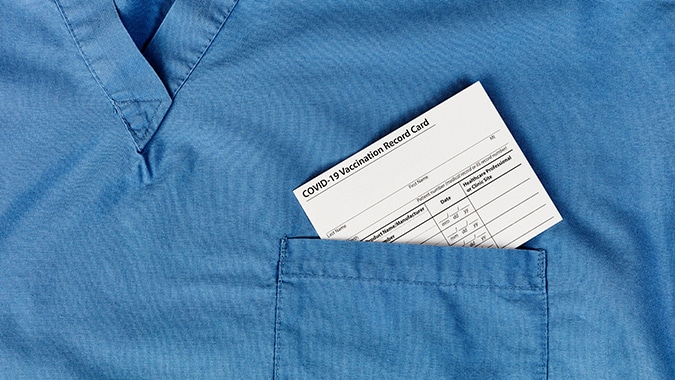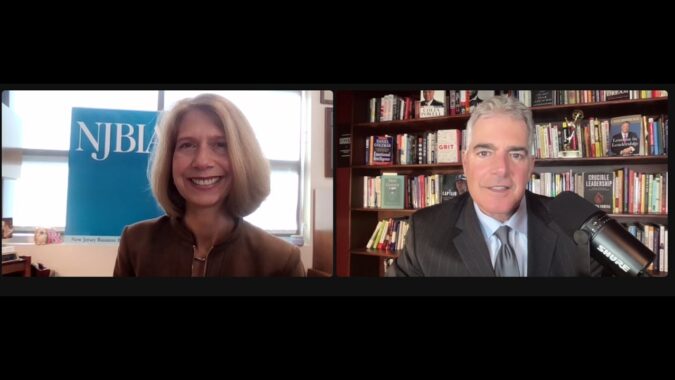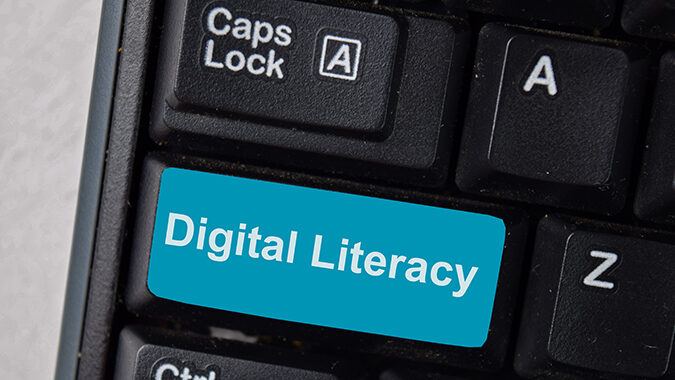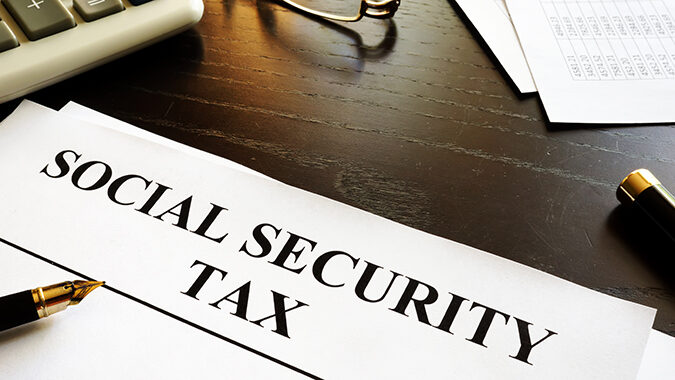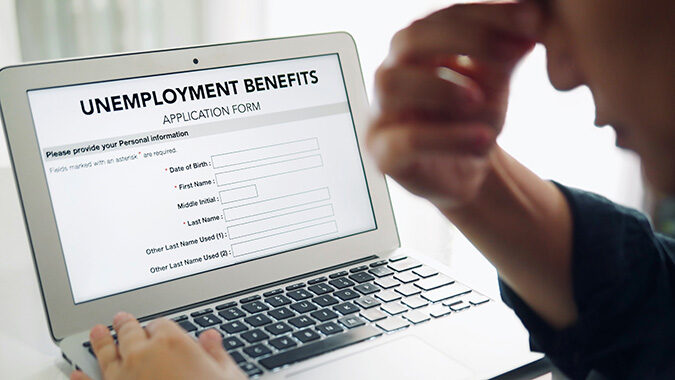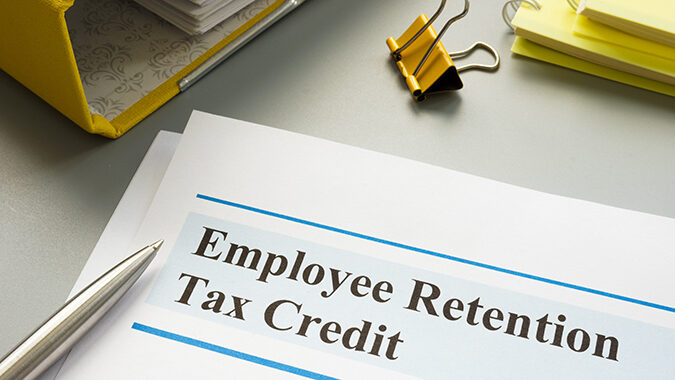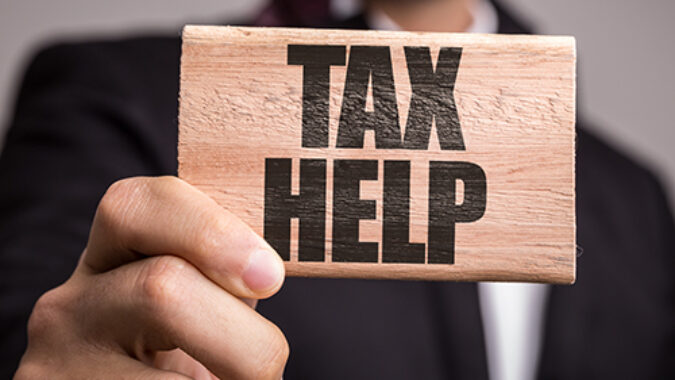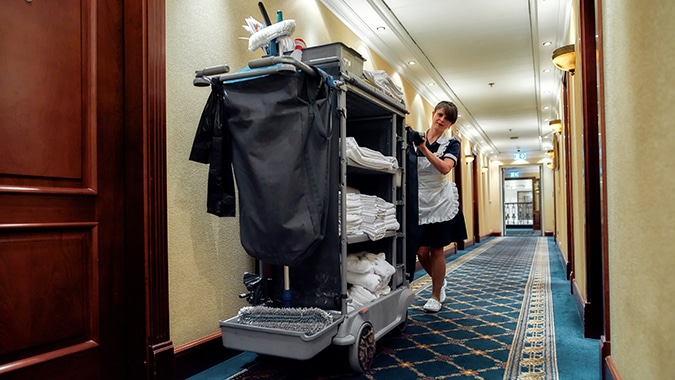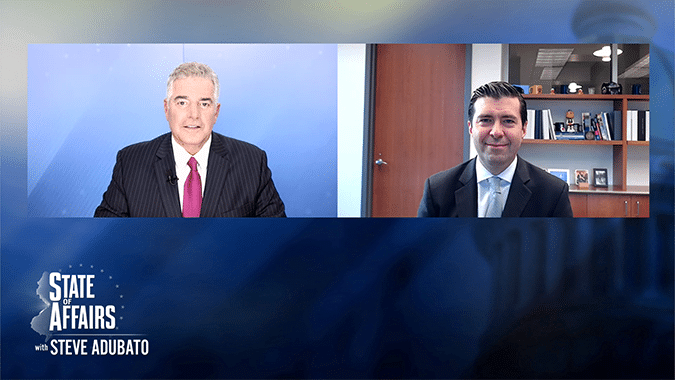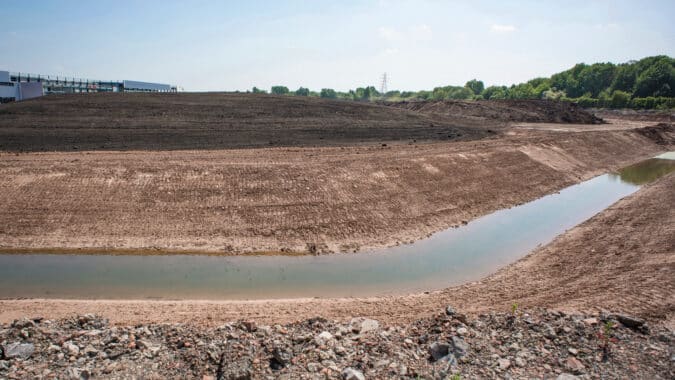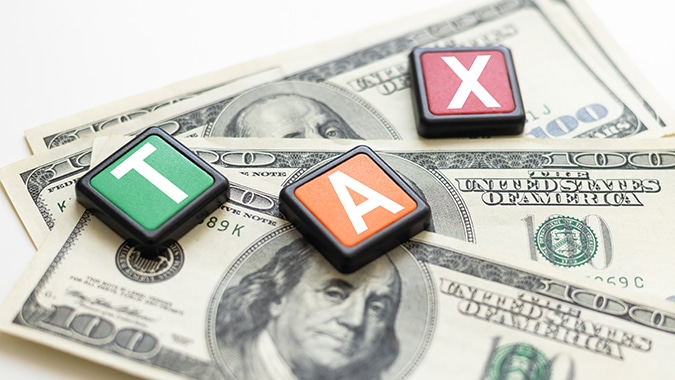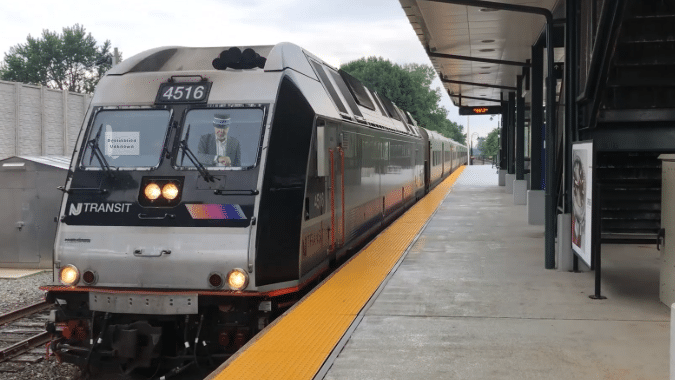Coronavirus
What Does the End of COVID Health Emergency Mean for Your Workplace?
The official end of the COVID-19 public health emergency does not mean employers can automatically terminate reasonable accommodations that were ...
Published January 4, 2023
Sussex County Small Business Grants Available Now
Published December 15, 2022
Deadline Nears for Paying Deferred Social Security Taxes
Updated November 4, 2022
New Law Aims to Expedite Processing of Jobless Benefits
Published October 31, 2022
NJBIA Supports Bill Easing Taxpayer Compliance
Updated October 29, 2022
Nonprofit ‘Pause to Thrive’ to Hold Long-Haul COVID Retreat at Jersey Shore
Published October 19, 2022
IRS Warns Businesses on Improperly Claiming Employee Retention Credit
Published September 27, 2022
Reminder: File 2019 and 2020 Returns by Sept. 30 to Get COVID Penalty Relief
Read More
Personalize Your Experience.
Get started customizing today!
Become a Member Already a NJBIA member? Sign In
Employment & Labor Law
Economic Development
Energy & Environmental Quality
Taxation & Economic Development
Government Affairs
Health Affairs
Law
Education & Workforce Development
